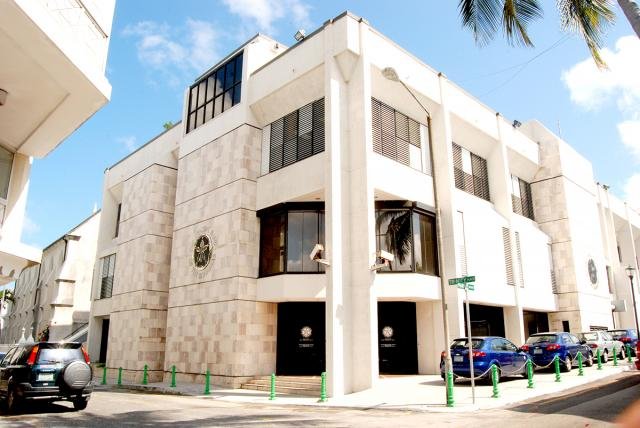NASSAU, BAHAMAS — This nation’s foreign currency inflows over the first months of this year have already exceeded last year’s performance by 40 percent and are projected to outpace the pre-pandemic high of $6 billion back recorded in 2018.
Central Bank Governor John Rolle during a press briefing yesterday noted that tourism is still completing its recovery, and private sector foreign currency inflows through the commercial banks are on course to surpass the pre-pandemic records.
“This reflects the added impulse from significant and rising foreign investment flows, in areas such as residential real estate and tourism infrastructure, which have both stimulated construction activities. Over the first nine months of 2022, measured forex inflows have increased by 40 percent in comparison to 2021. This leaves forecasted outcomes for 2022 on course to outpace the pre-pandemic high of $6 billion that was recorded in 2018,” Rolle said.
He added, “Within the more sustainable mix of foreign exchange inflows and usage, the private sector contributed to nearly half of the estimated $746 million growth in external reserves over the first nine months of 2022. In 2021, by contrast, the sector was still making a net drawdown on the reserves. As of today’s date, the reserves are approximately $3 billion. Over the remainder of 2022, balances are expected to decrease, in line the normal seasonal pattern of elevated third and fourth-quarter net imports. However, balances are still expected to close out the year higher than they were at the end of 2021.”
Turning to monetary conditions, Rolle noted that domestic credit trends for the private sector remained contracted over the first nine months of the year, and are expected to become only mildly positive over the near term.
“In the context of strengthening deposit growth, the liquidity in the system is therefore likely to remain elevated, keeping average deposit rates from rising. It is in this context that retail depositors particularly are encouraged to invest more in the available medium and long-term domestic bonds of the Government. The Central Bank will target this market segment, as it works with the Government to introduce a savings bond scheme. Existing liquidity is already supporting stable to increased investments in Government instruments by financial institutions and institutional investors. As to credit quality, an improving trend has also been established. The delinquency rate on private sector credit has declined gradually over the course of 2022. In this context the Central Bank also continues to deliberately target significant medium-term reduction in delinquencies. Tackling the delinquency rate and increasing the pool of qualified borrowers, which are both favourably influenced by overall economic conditions, are important to stimulating more lending,” said Rolle.
Rolle noted that among the policies which the Central Bank has either signaled or is about to announce is the expanded scope for banks and credit unions to lend to the private sector, against more relaxed debt service thresholds and less stringent down payment requirements.
The second policy change is the announced limited window in which domestic investors can purchase Bahamas Government foreign currency bonds, without having to pay the five percent investment currency market premium.






